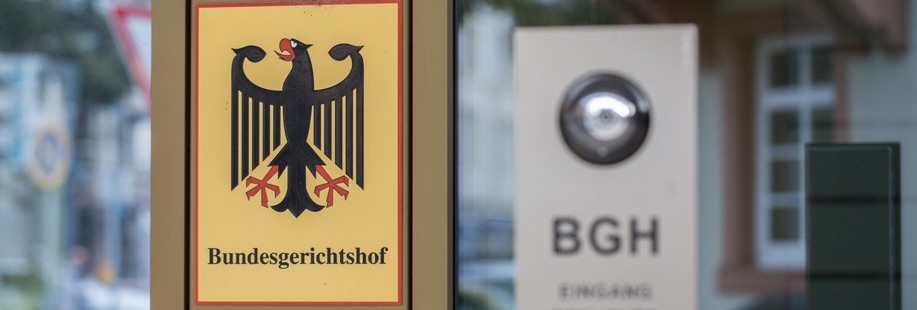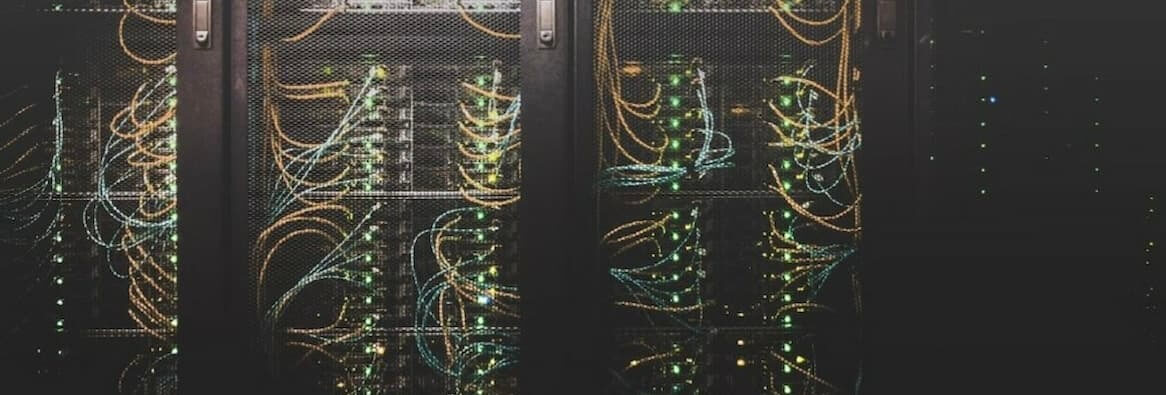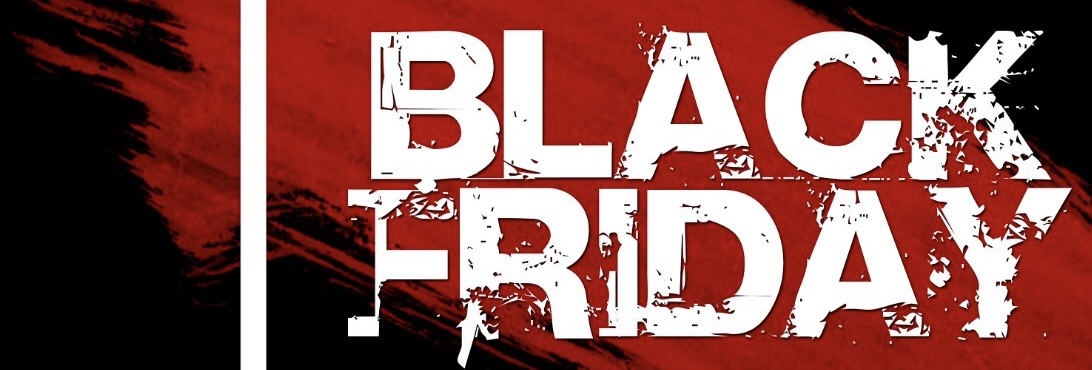
Latest News
FCJ, Judgment dated 15 March 2022, X ZR 18/20 – Fahrerlose Transporteinrichtung: Delay in the nullity appeal
In its judgement of 15 March 2022, the Federal Court of Justice (FCJ) had to decide whether the patent proprietor had filed the ultimately decisive auxiliary request late. It was eagerly awaited whether the FCJ would follow the considerably stricter line of the European Patent Office or stick to its rather generous line.
I. Facts
The plaintiff had brought an nullity action against the patent in suit.
The Federal Patent Court came to the preliminary conclusion with the qualified notification that the patent in suit was patentable. Thereupon, the plaintiff filed further submissions (inter alia D19) and discussed them extensively. The patent proprietor responded for the first time with two auxiliary requests and extensively addressed the plaintiff’s new submissions. However, the patent proprietor did not address the decisive aspect in the appeal proceedings.
The Federal Patent Court upheld the patent in suit to a limited extent. The patent proprietor appealed against this decision.
In the grounds for appeal, the patent proprietor filed further auxiliary requests (inter alia B1). Only in a further statement did it file the ultimately decisive auxiliary request B6, which provided for only minor amendments to the auxiliary request (B1). Both auxiliary requests referred to a later decisive aspect, on which the invalidity plaintiff subsequently commented in writing and orally.
II. DECISION
In its decision of 15 March 2022, the Federal Court of Justice ruled that the decisive auxiliary request B6 meets the requirements of Section 116 Patent Act.
Relevant pursuant to § 116 para. 2 No. 1 Patent Act, according to the case law of the Federal Court of Justice, a further auxiliary request in the appellate instance is only valid if the patent proprietor was not induced to file this specific auxiliary request in the first instance.
The Federal Court of Justice did not consider the patent proprietor to have been induced to do so. Accordingly, the patent proprietor was not prompted to file the specific auxiliary request B6 in the first instance, neither by the qualified notification nor by the further objections of the plaintiff. The Federal Court of Justice justified the latter by stating that the decisive aspect in the appeal proceedings had not yet been addressed in the first instance. For the patent proprietor, it was not foreseeable that this specific aspect would be decisive later on account of the numerous further objections filed after the qualified notification and the scope of the plaintiff’s submissions.
Furthermore, the Federal Court of Justice did not consider auxiliary request B6 to be out of time. According to the reasoning, the patent proprietor was prompted to file auxiliary request B6 with the Grounds for Appeal. The Federal Court of Justice justified this by stating that the patent proprietor had already addressed the later relevant aspect in the Grounds for Appeal and had already addressed it in the auxiliary request B1. Moreover, it could have recognised that auxiliary request B1 might not be sufficient to overcome the prior art under discussion.
However, due to the prior discussion of the content and the only minor amendment of the auxiliary application, there was no reason to worry about a delay of the appeal proceedings after the decision, so that the requirements for a delay did not exist.
III. SUBSUMPTION
With this decision, the FCJ did not follow the strict line of the European Patent Office with the new Rules of Procedure of the Boards of Appeal (RPBA 2020). According to Art. 13 RPBA (2020), the patent proprietor must sufficiently excuse a late filing of an auxiliary request in the appeal proceedings. Whether a delay has occurred due to the later filing is irrelevant. Moreover, the boards of appeal apply the lateness provisions of Art. 13 RPBA (2020) extremely consistently. For German nullity proceedings, the FCJ has redefined the rules on lateness in the present judgment. However, due to the open wording of Sec. 116 (2) Patent Act, the Federal Court of Justice has leeway in any case to shape Sec. 116 2) Patent Act with further case law, depending on the individual case.
Carsten Plaga

Aktuelle NEWS
The response of German politics regarding the ECJ’s decision on data retention in Germany
On September 20, 2022, Germany was condemned by the European Court of Justice (ECJ, judgment of September 20, 2022, Cases C-793/19, C-793/19, C-794/19). The subject of the ruling was the laws on data retention.
The proceedings to which the ECJ’s ruling of September 20, 2022 refers have only a short procedural history: The Cologne Administrative Court had ruled in the first instance that the service providers SpaceNet and Telekom Deutschland were not obliged to retain data relating to their customers’ telecommunications. The Federal Network Agency appealed to the Federal Administrative Court in Leipzig. The court suspended the proceedings and referred the decisive question of whether data retention under German law is compatible with European Union law to the ECJ itself. The ECJ’s decision was in favor of Germany – which is not surprising, because:
Back in 2016, the ECJ ruled on the subject of data retention and determined that unlimited storage of location and telephone data violates the Charter of Fundamental Rights of the European Union. In its decision against Germany, the ECJ remains true to this line and declares the German law on data retention to be contrary to the EU. The rules that impose preventive, or stock, obligations to store data that may at some point be necessary to fight crime or prevent threats to public safety are not compatible with Union law, the ECJ said. The ECJ also considers the indiscriminate storage of traffic and location data in advance not to be in compliance with EU law.
The Federal Ministry of Justice, in order to correct its mistake, has already prepared a draft bill. This simply repeals the provisions in Section 100g (2) of the German Code of Criminal Procedure (StPO) and Sections 175 to 181 of the German Telecommunications Act (TKG). Section 100g (2) of the Code of Criminal Procedure regulated the collection of traffic data. Sections 175 to 181 of the TKG govern, among other things, the obligations to store traffic data, the use of this data, and the guarantee of data security.
The new invention of the Ministry of Justice, i.e. the substitute for the deleted norms: the “investigative instrument of a security order”. The purpose of this instrument is to be able to order the securing of data in the case of significant criminal offenses, if the collection of the data can help to establish the facts of the case or the whereabouts of a defendant.
Thus, the data should not be able to be ordered on anyone, but only on a defendant – this is the first protective mechanism of the new norms. An accused person in the sense of criminal procedure only exists when there is a suspicion of a crime against a person and the investigating authorities initiate a formal investigation against him or her. A double reservation of rights for judges is also to be standardized as a further instrument of protection. First, the judge is to order the “freezing” of the data. This means that data already collected by providers for business reasons, as well as data accruing from the time of the court order, may no longer be deleted. Another judicial decision is supposed to be able to “thaw” this “frozen” data in turn: because only after the second judicial decision can the law enforcement authorities collect and evaluate the data for a certain period of time. Moreover, this should only be able to be ordered in the case of significant criminal offences.
Such regulations are in line with the case law of the ECJ, according to the ministry in the draft bill. The provisions of the TKG, but also of the TKÜG, BPolG, BSI-Gesetz, BKAG, ZFdG, EGStPO, JVEG are also to be amended in accordance with the ECJ’s decision. In its decision, the ECJ established clear criteria that must be fulfilled in order for data storage to be lawful. The regulations are to be adapted to this.
In its decision, the ECJ established clear criteria that must be fulfilled in order for data storage to be lawful. However, there is currently no agreement on the many changes – so it remains to be seen which regulations and when they will come into force.

Latest News
Can a single company have an exclusive right to the term “Black Friday”?
Since 2013, the term “Black Friday” has been registered as a trademark in the trademark register, so that a single company has the right to advertise with it. The brand comprises more than 900 goods and services – finding a gap for one’s own product in order to promote it with a discount on Black Friday seems almost impossible.
If one resisted the registration and nevertheless advertised with Black Friday, the warning was often not long in coming. This could now change, because according to the judgment of the Berlin Appellate Court (KG Berlin Urt. V. 14.10.2022, Az. 5 U 46/21, not legally binding), the trademark is now to be cancelled, to the delight of many, with the consequence that the term “Black Friday” can once again be used freely.
Super Union Holdings Ltd., which is headquartered in Hong Kong, registered the term “Black Friday” as a trademark with the German Patent and Trademark Office (DPMA) in 2013. Seitdem hielt das Unternehmen die Markenrechte für den Begriff. As a result, companies that offered discounts to ring in the Christmas shopping season on the last weekend of November were warned off by Super Union Holdings Ltd. for using the term “Black Friday.” To combat these warnings, some companies, including the website www.blackfriday.de, applied for cancellation of the trademark. Zunächst wurde dem Antrag stattgegeben.
Das wollte die Super Union Holdings Ltd. aber nicht auf sich beruhen lassen und wendete sich an das Bundespatentgericht. Dieses entschied, dass die Löschung der Marke teilweise rechtswidrig war. Die Entscheidung (inzwischen vollumfänglich bestätigt durch den BGH) wurde auf § 8 para. 2 No. 2 MarkenG gestützt. The reason for the partial cancellation of the trademark was therefore the need to keep it free. The need to keep the trademark free exists if the competitors have a legitimate interest in describing their own services with the trademark designation. However, the judges only recognized this interest in the area of advertising and electronic products. There remained over 900 other goods and services that were not allowed to be described with the term “Black Friday”. The Asian company therefore still had the trademark rights for the term “Black Friday” in Germany.
The website www.blackfriday.de was not satisfied with this and brought an action for forfeiture before the Berlin Regional Court. Ziel der Klage: die Erklärung der Markeneintragung für verfallen, also das Feststellen der fehlenden Benutzung der Marke „Black Friday“ durch die Super Union Holdings Ltd. Die Berliner Richter haben zu Gunsten der Klägerin entschieden, was das Kammergericht Berlin nun am 14. Oktober 2022 bestätigte.
The Berlin Regional Court based its decision on § 49 Abs. 1 MarkenG. Danach muss eine Marke tatsächlich benutzt werden, um als solche anerkannt zu bleiben. In this respect, the burden of presentation and proof lies with the defendant. This is precisely where the ruling ties in: Super Union Holdings Ltd. has not met its burden of presentation and proof. It failed to convince the judges to actually use the “Black Friday” mark instead of just using it descriptively. Trademark protection does not apply in the present case because the term registered as a trademark must function for customers as an indication of the services of a particular company – which is not the case with “Black Friday”. The term precisely does not refer to the defendant or its services, but to a generally applicable discount promotion.
The decision of the Berlin Appellate Court (KG Berlin Urt. V. 14.10.2022, Az. 5 U 46/21) is not yet final. It remains to be seen whether Super Union Holdings Ltd. will take action against this or resign and finally have the once registered trademark “Black Friday” cancelled.

Latest News
Trademark law in the metaverse – is the metaverse a legal free space?
Trademark law has arrived in the metaverse. Nike has already filed several trademarks for protection in the metaverse, and an artist was charged with trademark infringement for offering his digital “MetaBirkin” handbags for sale with a retail value of $1.1 million.
But which court actually has jurisdiction over trademark protection in the metaverse? After all, intellectual property protection is regulated at the national level. And is this really a case of trademark infringement? In short: Is the metaverse a legal free space? In short: Is the metaverse a lawless space? Many questions and so far few answers to a rapid digital development – or so it seems. Many questions and so far few answers to a rapid digital development – or so it seems. However, the idea of a virtual world is not new. Science fiction author Neal Stephenson already outlined the metaverse in his 1992 novel “Snow Crash”: a virtual parallel world that serves the protagonists as a refuge from a dystopia.
In 2022, 30 years later, virtual worlds are on the rise. In addition to Meta, probably the best-known company in the field, a number of other companies such as Google, Apple, Microsoft, Qualcomm, Epic Games, Huawei, Adobe and Sony Interactive Entertainment are also busy developing their own virtual worlds.
But, what is the Metaverse anyway?
The Metaverse is a collective, virtual three-dimensional space in which people can move freely and interact with each other in the form of individual avatars. Thereby the possibilities are manifold: One can “shop” digitally animated in the Metaverse, “travel” around the (virtual) world, generate and exchange data, or simply play.
The big difference to previous virtual reality games is that the Metaverse is not limited to one platform, but is composed of many different platforms. The special feature is therefore decentralization. Goods are to be interoperable, so that a functioning economic system can be established in which ownership and investment are possible.
Ownership in the digital world. Is that possible?
So-called NFTs make it possible. Non-fungible tokens are digital proofs of ownership of intangible goods. These goods are usually unique, non-substitutable digital assets (tokens). Blockchain technology allows the ownership of these tokens to be uniquely proven and transferred. Examples include digital computer game objects, such as fashion for avatars, digital tickets, and works of art. Which brings us back to artist Mason Rothschild and his “MetaBirkin.”
A new digital market is emerging.
.Rothschild had simulated over 100 individual handbags with faux fur and various colors and offered them for sale as NFTs on the OpenSea platform with a retail value of $1.1 million. Problem: He had probably based the creation of his handbags on the famous model “Birkin” of the fashion house Hermés. At least, that is how the manufacturer of the fashion brand sees it and considers its trademark rights infringed by the virtual bags, since it had not agreed to the creation of the “Birkin Bag” in the metaverse.
The case could have been the entry point to jurisdiction in the metaverse. However, since the artist removed his NFT from the Metaverse after Hermés filed suit, the case settled before a decision could be made. The issue remains unresolved.
What remains are open questions.
Important questions, such as the trademark classification of the offer of virtual goods, remain open. After all, the goods or services for which the trademarks are to be used must be classified. The German Patent and Trademark Office in Munich and Jena lists 45 classes according to the international “Nice Classification”. Among them are classes of services as well as classes of goods. However, the sale of virtual goods can be understood as downloadable software (class 9) or as a service (class 41 or 42). Especially in international legal relations, this creates the risk of divergent decisions depending on the trademark office.
The virtual universe – at least that is how it is planned by many – will have no borders. At least none that resemble the real world. Trademark law, however, is set up territorially. So the question is not only how to classify, but also which trademark office is responsible and what criteria are used to determine responsibility? The decisive factor here could be the territorial orientation of the offer: language, domain extension and the user’s place of residence are of great importance here.
In addition, the question of when the metaverse is still a decorative use or already a trademark infringement remains exciting. A large number of signs, patterns and shapes are protected as trademarks. In the future, this will raise questions not only for fashion designers, but also for designers of the virtual world and its goods, such as: Can I depict a crocodile on an avatar T-shirt without automatically infringing Lacoste trademark law?
Better early than late.
The metaverse is not a legal vacuum. Although we are facing the same problems with virtualization as with digitization, it has also been shown in the best possible way in the course of digitization that existing standards can largely be applied to the new problems. However, it is better to be safe than sorry.
he “MetaBirkins” make it clear: trademark owners should pay attention to the scope of protection of their trademark. Although the metaverse is still in its infancy, the great potential and buying power of this newly tapped international market is already becoming apparent. In all likelihood, however, the same problems will arise as in the real world. Brand owners should be prepared for possible brand conflicts with digital products. It is therefore advisable to secure trademark rights for the virtual universe at an early stage.
